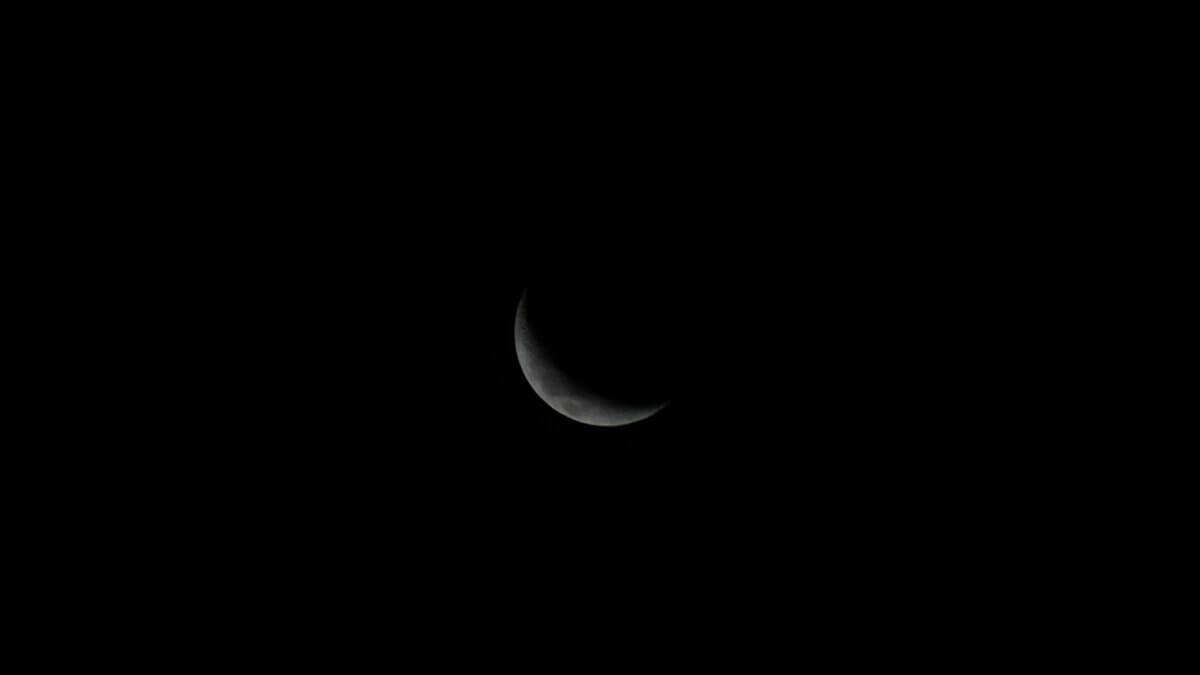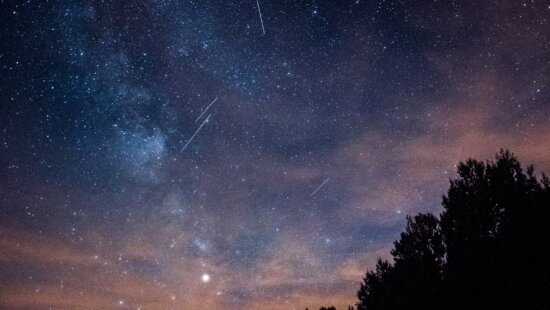Environment
‘Black moon’ won’t be visible, but Summit County skies will be darker

Photo: Photo by Marcus Dall Col
PARK CITY, Utah — If you see “black moon” trending, here’s the bottom line: it’s a calendar quirk wrapped around an ordinary new moon — and you won’t see it. According to NASA, a new moon occurs when the moon and sun share the same line in the sky, causing the moon’s Earth-facing side to be dark and essentially invisible, except during solar eclipses.
The Old Farmer’s Almanac notes that “black moon” isn’t an official astronomical term. It’s a popular label with a few accepted uses, most commonly the second new moon in a single calendar month or the third new moon in a season that happens to contain four. The Old Farmer’s Almanac adds that the “second-in-a-month” version tends to show up about every 29 months, while the “third-of-four-in-a-season” version appears roughly every 33 months.
Why does this happen at all? The mechanics are simple. NASA explains that the moon’s phase cycle — the time from one new moon to the next, called the synodic month — averages about 29.5 days. Because calendar months vary in length, those cycles sometimes line up in ways that create two new moons in one month or four in a single season, which is what gives rise to the “black moon” label.
None of that changes what you’ll see from Summit County. New moons are dark by definition, so there’s nothing to watch at the moment the term applies. As NASA puts it, the new moon sits close to the sun in our sky, rendering it effectively invisible from the ground unless a solar eclipse is in progress.
If there’s a takeaway for skywatchers, it’s this: darker nights help everything else pop. NASA’s observing guides and meteor-shower primers routinely point out that sky conditions depend on moon phase — less moonlight generally means better views of faint stars, the Milky Way and meteors. So while a black moon won’t show itself, the absence of moonlight can make the Wasatch Back’s night sky a little richer.
The Old Farmer’s Almanac underscores that “black moon,” like “blue moon,” is a catchy nickname that helps describe how lunar phases line up with our human calendars — not a change in the moon itself. In other words, it’s rare in name, not in physics.
For readers curious about dates and definitions, The Old Farmer’s Almanac’s moon guides track phase timing and explain the naming conventions, while NASA’s resources show the geometry behind each phase and why a new moon goes dark.
Have photos/videos of Park City’s night sky? Share with tips@townlift.com for a chance to be featured!



















